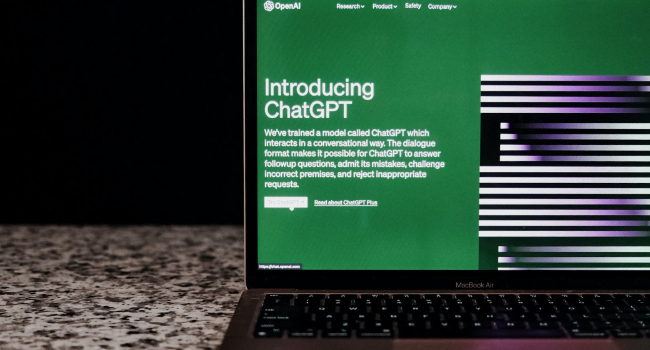
Report Shows 1,265 Percent Increase in Phishing Emails Since ChatGPT Launch
SlashNext, provider of SaaS-based Integrated Cloud Messaging Security across email, web, and mobile, today released the SlashNext State of Phishing Report for 2023. In this annual report, SlashNext Threat Labs analyzed billions of threats including link-based, malicious attachments and natural language messages in email, mobile and browser channels during a 12-month period from Q4 2022 to Q3 2023; conducted in-depth research into cybercriminal behavior and activity on the Dark Web particularly as it relates to leveraging Generative AI tools and chatbots; and surveyed more than 300 cybersecurity professionals. Among the findings are a 1,265% increase in malicious phishing emails and a 967% increase in credential phishing in particular.
"We cannot ignore statistics like this," said Patrick Harr, CEO, SlashNext. "While there has been some debate about the true influence of generative AI on cybercriminal activity, we know from our research that threat actors are leveraging tools like ChatGPT to help write sophisticated, targeted Business Email Compromises and other phishing messages, and an increase in the volume of these threats of over 1,000% corresponding with the time frame in which ChatGPT was launched is not a coincidence. Our aim is not to overstate or exaggerate the threats stemming from generative AI, but to help our customers and the cybersecurity community at large understand the true dangers and respond appropriately."
Key findings from the report include:
- 1,265% increase in malicious phishing messages since Q4 2022
- On average, 31,000 phishing attacks were sent on a daily basis
- 967% increase in credential phishing
- 68% of all phishing emails are text-based Business Email Compromise (BEC)
- 46% of cybersecurity professionals polled reported receiving a BEC attack
- 77% of cybersecurity professionals polled reported being targets of phishing attacks, and 28% reported receiving those messages via text message
- 39% of all mobile-based attacks were SMS phishing (Smishing)
"Among the key themes our research tells us is that mobile-based and multi-stage attacks are growing, primarily because threat actors know that users have fewer protections on mobile compared to email," continued Harr. "Here at SlashNext we've seen a significant uptick in customers looking for mobile and multi-channel protections, and they trust in our approach to fight AI with AI. We have been and will continue to be at the forefront of understanding how threat actors leverage generative AI tools to advance or accelerate their attacks, and we are ready to defend."
Access the full report here.